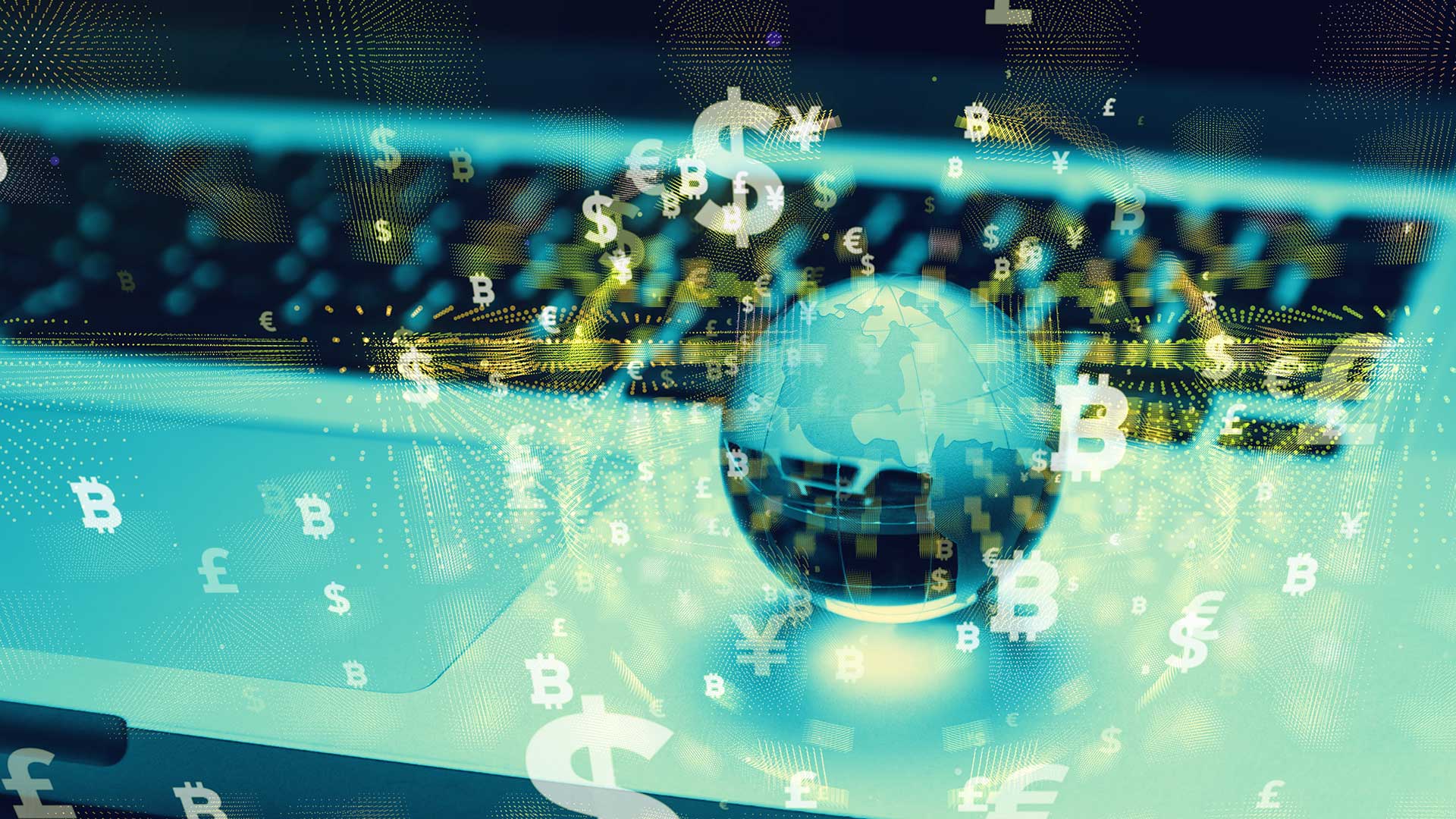From blockchain/DLT to AI and RPA, emerging technologies have an important role to play in supporting the digitisation of trade – but there are also some obstacles that will need to be addressed.

While global trade has long been characterised by paper-based processes, efforts to digitise trade are gaining momentum.
Digitisation has numerous benefits for trade transactions, including the ability to increase trust in trading relationships, as well as opportunities to reduce costs and delays and improve protection against fraud. What’s more, as the International Chamber of Commerce notes, digital improvements in trade finance offerings “have the potential to reduce costs and promote greater economic inclusion in global finance – particularly for small- and medium sized enterprises (SMEs).”
Emerging technologies have a key role to play in the trade digitisation journey – so what are the most interesting developments in this space, and what are the challenges that need to be overcome?
From blockchain to AI
A 2018 report by HSBC and Bain & Company found that blockchain had the potential to increase global trade volumes by US$1.1trn by 2026, as well as increasing documentary trade financing by US$2bn. Three years on, blockchain continues to be a key area of interest where trade finance is concerned, with notable developments including blockchain trade finance consortiums and open industry platforms including Contour (formerly Voltron), we.trade, Marco Polo and eTradeConnect.
As Vinay Mendonca, Global Head of Product and Proposition Management at HSBC, explains: “Blockchain can help bring together different parties in the trade ecosystem, including buyers/sellers, banks, shipping companies, freight forwarders, customs and insurance, to exchange trade flow information without having to part with ownership of their data to any central party.”
Mendonca notes that blockchain provides parties with full visibility over what is happening, without the need to wait for information to pass through other parties: “This real-time visibility for all participants enables better supply chain decisions.” In addition, he says, the ability to digitise and tokenise assets gives banks better control over the financing of trade assets, thereby opening up possibilities to finance lower tiers of the supply chain.
Other technologies also have much to offer in this space, including big data, advanced data analytics and artificial intelligence (AI). Mendonca notes that having access to more data points “better enables banks to refine our credit decisioning and make decisions faster, financing trades that were previously too costly or slow to manage.” In addition, he cites the rise of AI and sophisticated machine learning in order to “augment the capability and efficiency of our people, from reducing the time to check documents to reducing the time to make credit decisions.”
Facilitating digitisation
While digital technologies present numerous opportunities to improve the processes involved in global trade, there are also a number of challenges that will need to be overcome along the way. For one thing, the lack of widely accepted digital data standards “impacts the development and adoption of APIs, as well as limiting the ability to bring various data streams together and bridge existing ‘digital islands’,” says Mendonca.
Another factor is the need for legal consistency. Mendonca cites the lack of direct negotiable instruments in national legislations, as well as a lack of legal harmonisation on digital trade at the global level. “Countries have established their own laws and standards regarding electronic signatures and digital transactions, which are not always aligned,” he adds.
As such, legal harmonisation, interoperability and global standards are all of considerable importance when it comes to overcoming the hurdles and accelerating digitisation. One development of note is the United Nations Commission on International Trade Law (UNCITRAL) Model Law on Electronic Transferable Records (MLETR), which provides legal recognition for electronic transferable records.
Last but not least, Mendonca says that having broadly accepted data standards will accelerate the adoption of digital solutions and facilitate interoperability. Notable initiatives here include the ICC’s Uniform Rules for Digital Trade Transactions (URDTT), as well as efforts by various industry bodies to promote digitisation.